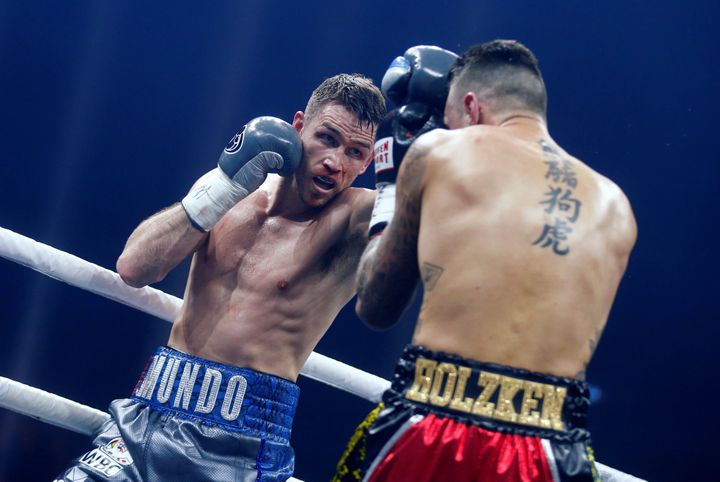
The sport of boxing exists under a permanent cloud of scrutiny with lightening just one incident away from striking down. Sadly, a recent fatality has now led to that lightening strike. Calls for an outright ban are now echoing around the airwaves and social media. The questions that must be posed are whether boxing can do anymore for its protagonists and does the sport have any sort of future?
Details of the recent fatality are still emerging but it is important that, if there are lessons to learn, they are learned quickly. We know the deceased boxer won the fight rather than lost it and that he had fought a handful of times before at professional level. We also know the fight was at light heavyweight and that it went the full distance of ten rounds. It appears that there was a period of time between the fight ending and the boxer collapsing. It is also my understanding he was knocked down once during the fight.
The overall pattern does not fit the usual pattern that I have previously deemed concerning. The boxer was victorious and was regarded a clear winner, he was not knocked down repeatedly and was fighting at a relatively high weight. The fact he was professional and that this was apparently a sanctioned contest means that both boxers would have been subjected to appropriate medical testing both pre and post contest.The one factor that is there is the longer fight and it is this element that the boxing authorities could take a look at. A professional boxer in the earlier part of their career could perhaps be limited to six rounds.
There is no point pretending that reduction in rounds will render the sport entirely safe, it will not. The most stringent safety precautions will never make boxing entirely safe and reducing rounds will not appease those who want to see a ban. My defense of the sport is one of informed consent. All that chose to set foot in the ring should know the risk of what they are doing. This may mean the authorities creating a package that details the pros and cons of boxing that can be shown to young boxes to ensure that the risks have been explained. Rather like motor racing drivers, the rewards a potentially great but the risks are potentially life altering or ending. Also rather like racing drivers, the shorter the race the less likely they are to have accidents. The fewer times a boxer is struck, the less likely there is to be significant damage.
Bleeds on the brain can take affect very quickly or more slowly depending on their nature. Clinically, boxers will be assessed at the end of the contest and it perfectly likely that a boxer will show no ill effects when they are tested before deteriorating. New techniques do exist that seek to diagnose bleeds sooner but the evidence of their effectiveness is still needed. Currently, only a Computed Tomography (CT) scan can confirm a bleed and that will be undertaken at hospital. Sadly, this may already be too late.
One hopes that those who call for a ban, and they are perfectly entitled to do so, see further than the tragedies and appreciate the good that boxing can bring to those who life can often leave behind. Ethically, it is a tough situation to reconcile. The sport must also never forget that it has an obligation to its participants to keep them as safe as they possibly can.
It is a tragedy that we are having to respond to another tragedy and it is only right and proper that we finish by paying tribute to a young person whose life has been cut short.
